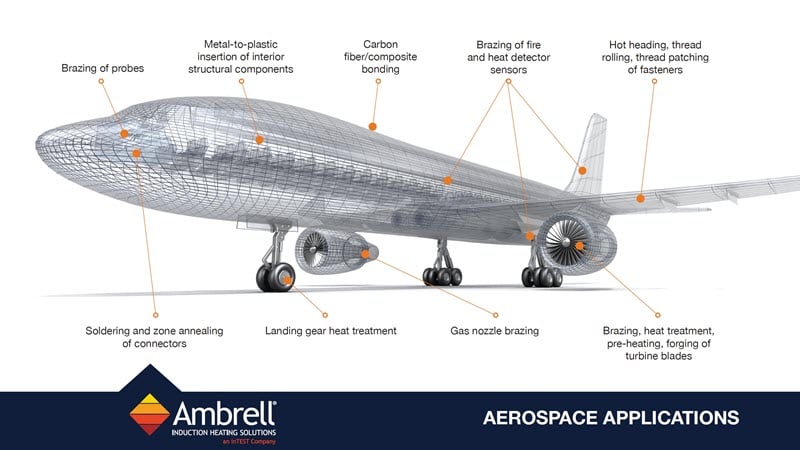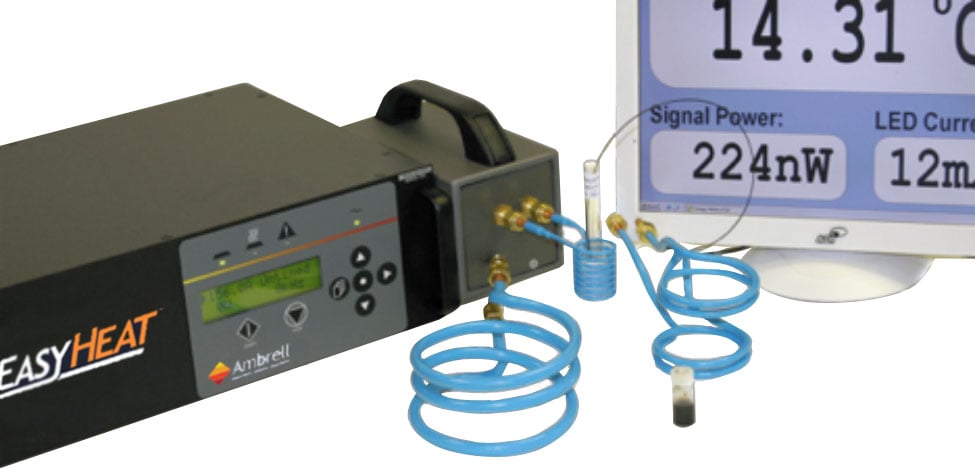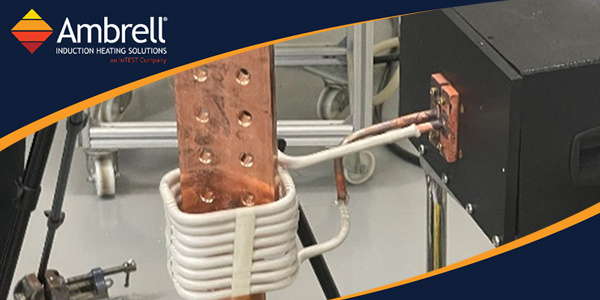Applications for Induction Heating in Aerospace and Defense
Induction heating is a process that uses electromagnetic fields to heat electrically conductive materials. It has been used in numerous industries...
Applications
Applications: More
Applications: More

Industries:
Industries: More
Industries: More
Industries: More

Products:
Products: More
Services:
Services: More

Learn:
Learn: More
About:


Induction heating is a process that uses electromagnetic fields to heat electrically conductive materials. It has been used in numerous industries for decades, including aerospace and defense (aerodef). Induction has a number of advantages over traditional heating methods, such as being more precise and efficient. As a result, it is being used in a growing number of aerospace and defense applications.
One of the main benefits of induction heating is that it is a very precise way to heat materials. This is because the heat is generated directly within the material itself, rather than being transferred from an external source. This makes it possible to heat materials very quickly and evenly, which is important for many aerospace and defense applications.
Another benefit of induction heating is that it is a very efficient way to heat materials. This is because very little energy is lost in the process of heating the material and it can be targeted to where the heat is needed. This also makes induction heating a very cost-effective and a comparatively "green" way to heat materials.
Induction heating is used in a number of different aerospace and defense applications. Some of the most common applications include:
Induction heating is a versatile technology that has a number of potential applications in the aerospace and defense industry. Its benefits include being precise, efficient, and cost-effective. As a result, it is being used in a growing number of aerospace and defense applications. Want to learn more? Download our Aerospace and Defense brochure.

Induction heating is a process that uses electromagnetic fields to heat electrically conductive materials. It has been used in numerous industries...

Induction heating, a process that uses electromagnetic induction to heat electrically conductive materials, is often thought of for large industrial...

Objective A company had been using a flame for brazing copper assemblies to make electrical components, but they contacted THE LAB at Ambrell because...